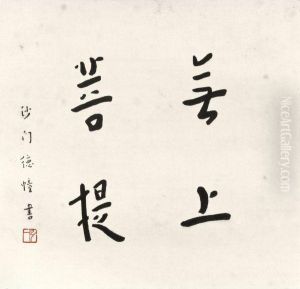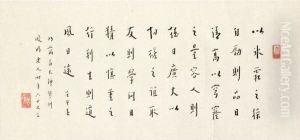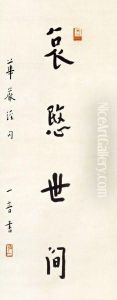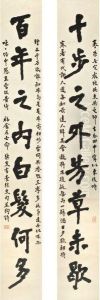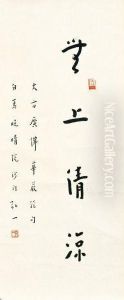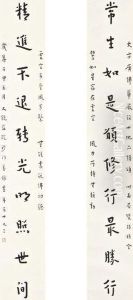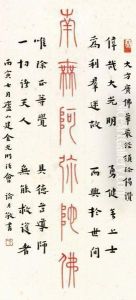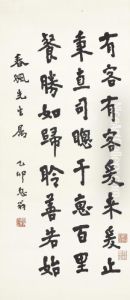Hongyi Paintings
Li Shutong, also known by his monastic name Hongyi, was a Chinese Buddhist monk, artist, and musician. Born on October 18, 1880, in Tianjin, Li Shutong was a prominent figure in the early 20th century Chinese cultural scene. Before his ordination as a monk, Li was known for his involvement in the fields of music, painting, and education.
Li Shutong received a comprehensive education, which included studying abroad in Japan. During his stay, he was exposed to various forms of art, including Western music and painting, which he later introduced to China. His artistic talents were not only limited to visual arts; he was also a pioneer in bringing new styles of music to China.
In 1912, Li Shutong decided to renounce secular life and became a Buddhist monk, adopting the name Hongyi. As a monk, he continued his artistic pursuits but with a new spiritual dimension. He is remembered for his calligraphy, paintings, and poetry, which were deeply influenced by his Buddhist faith and practice. His artworks often reflect the simplicity and serenity of Buddhism.
Hongyi was also a reformer and made contributions to the reform of Chinese Buddhist liturgy, promoting Buddhist education, and engaging in charitable work. Despite his fame, he led an ascetic life and was known for his humility and discipline.
Li Shutong passed away on October 13, 1942. His legacy endures in the realms of art, music, and Buddhism in China. He is revered not just as a talented artist, but also as a devout Buddhist practitioner who integrated his artistic skills with his spiritual life.
